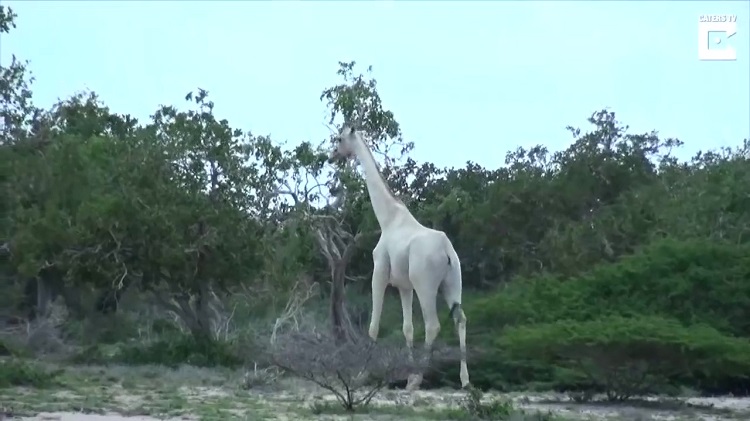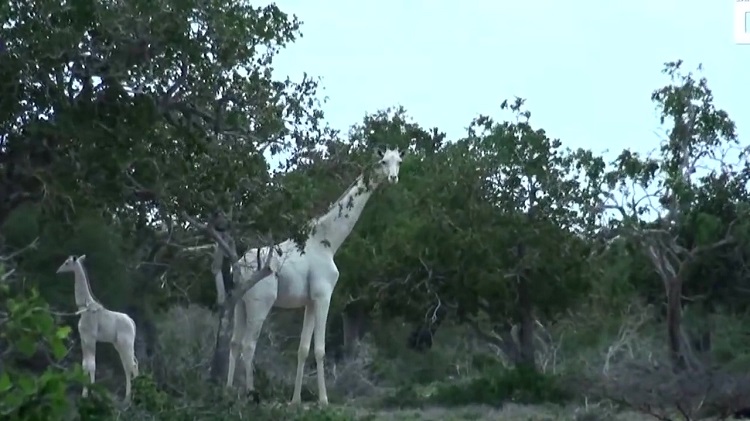In this increasingly skeptical world, there’s a common comment when it comes to amazing or almost unbelievable stories: “Show a video or it never happened.
”
That’s an understandable reaction since it’s so easy to spin tall tales to a gullible audience. That’s why when footage of an extremely rare white giraffe in Kenya came out, conservationists were ecstatic.
There have only been three known sightings of the white giraffe but this was the first (but hopefully not only) time that someone had managed to film it. Prior to that, it was just a rumor perhaps on the same level as the Loch Ness monster or Big Foot.
The white giraffes were filmed at the Ishaqbini Hirola Conservancy and the amazing event was made possible thanks to some locals who clued in some rangers about the find. The Hirola Conservation Programme (HCP) manages the conservancy and actually works for the conservation of the Hirola antelope, a rare and endangered species. However, other animals are also present in the area.
In the video, we can see that it’s a mother and child pair. Interestingly, the pair didn’t seem too disturbed about the presence of humans. In a blog post, HCP staff described the encounter:
“They were so close and extremely calm and seemed not disturbed by our presence.
“The mother kept pacing back and forth a few yards in front of us while signalling the baby giraffe to hide behind the bushes – a characteristic of most wildlife mothers in the wild to prevent the predation of their young.
“I could not but help see the fading reticulates on their skin! It was evident that the coloration especially on the mother giraffe was not as conspicuous as the baby.”
The giraffes are white because of a genetic condition called “leucism” whereby pigmentation in skin cells are disrupted.
The Guardian states:
“Unlike albinism, animals with leucism continue to produce dark pigment in their soft tissue, which explains the white giraffes’ dark eyes and other coloring.”
There are only thought to be 8,500 white giraffes in the wild and the International Union for Conservation of Nature has classified them as “vulnerable.”
Luckily for this mother and child pair, they’re inside a protected area.





